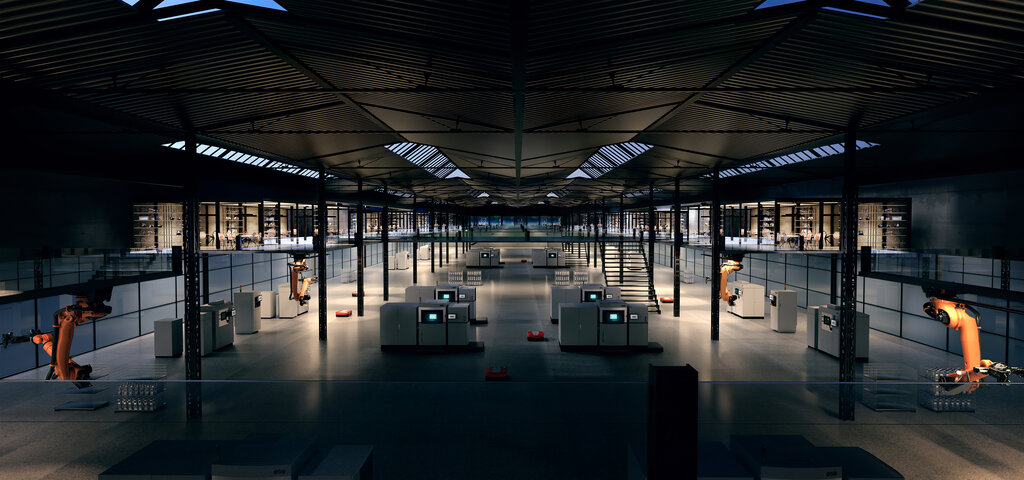 Production must become more digital, decentralised and flexible in order to be able to adapt to constantly changing market requirements and customer needs. Industrial 3D printing is the right choice for this.
Production must become more digital, decentralised and flexible in order to be able to adapt to constantly changing market requirements and customer needs. Industrial 3D printing is the right choice for this.
EOS, the world's leading technology provider in the field of industrial 3D printing of metals and polymers, is one of the most important pioneers for the future of digitalized production. At the same time, additive manufacturing (AM) based on a network of geographically distributed, digitally linked systems enables decentralized production. On this basis, companies are more flexible and can better respond to constantly changing market demand. At the same time, they are building a more resilient and transparent supply chain, thus increasing their sustainability.
Dr Marius Lakomiec, Team Manager Digital AM Solutions at EOS, emphasizes: "Industrial 3D printing enables demand-driven, decentralized production. As part of our factory planning, we support customers in digitizing their entire supply chain. Together, we determine the steps necessary to set up and commission a digital production facility, analyse production requirements, define necessary KPIs and help with technology implementation".
The advantages of decentralised production based on additive manufacturing are manifold for customers: production can take place when and where it is needed. This flexible on-demand production does not require pre-financing of products, minimum production quantities or overproduction, thus enabling an efficient and low-risk approach. In addition, warehousing costs can be reduced as well as logistics costs, which contributes to responsible manufacturing, e.g. by reducing the carbon footprint of a product.
Depending on company size and customer requirements, EOS has identified different scenarios for distributed production at global, local and system level.
Global, AM-based and digital production enables
EOS' additive manufacturing solutions can be used to establish a globally networked in-house production or to draw on a network of established AM contract manufacturers. By using this flexible production approach, companies benefit from sustainable production, which can include scan-to-product or demand-oriented production, variant diversity and functional integration. In addition, production can be better distributed between different sites and become less dependent on individual sources.
Alexander Eitel, Head of Marketing and Business Development at Dunlee, adds: "We used EOS technology for 3D printing with tungsten. This is a challenge, especially when producing a large quantity of complex parts with precise specifications. The EOS systems, which are tailor-made for us, are designed to do just that. They also allow us to continue to ramp up production to meet the needs of CT manufacturers introducing new products".
Control machinery and production status in local factories
EOSCONNECT MachinePark Apps help production managers to control the status of all their local machinery. Thanks to seamless integration with MES and ERP systems, AM systems provide one-stop access to sensor, monitoring and quality management data - anytime, anywhere. This provides insight into machine utilisation to optimise order planning and streamline production.
AM production managers rely on proven EOS metal and polymer systems for efficient and reliable production of high-quality components on an industrial scale. At the same time, customised service offerings - from comprehensive service contracts to co- and virtual maintenance - maximise system availability and sustainable success.
Hannes Hämmerle, CEO of 1zu1, concludes: "We use the EOS P 500 system for both prototyping and production applications where extremely high repeatability and system availability are crucial for 1zu1. Components produced on this system offer excellent homogeneous part quality and dimensional accuracy very close to that of injection moulded parts. Other advantages of the EOS P 500 include increased material savings and less post-processing compared to the additive manufacturing technology we have been using so far. The very high system availability enables us to produce overnight and thus keep very short delivery dates".


















































































